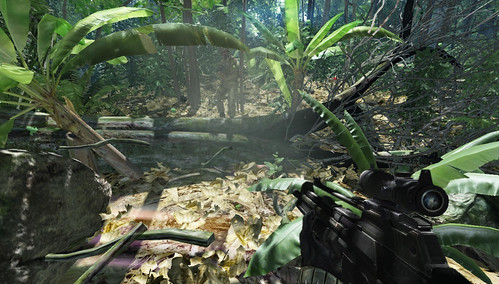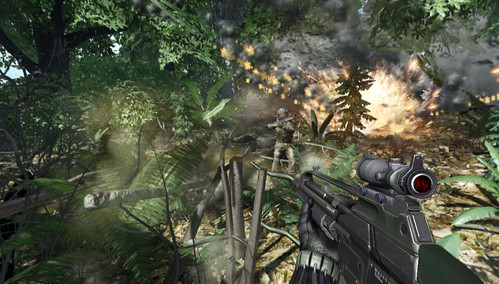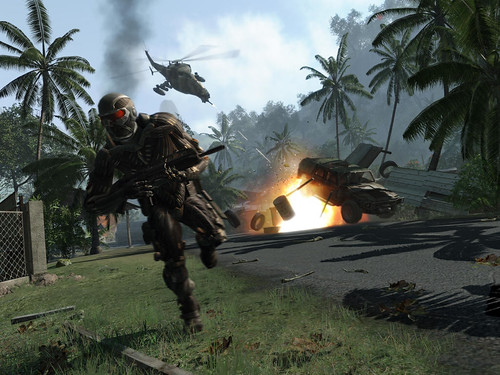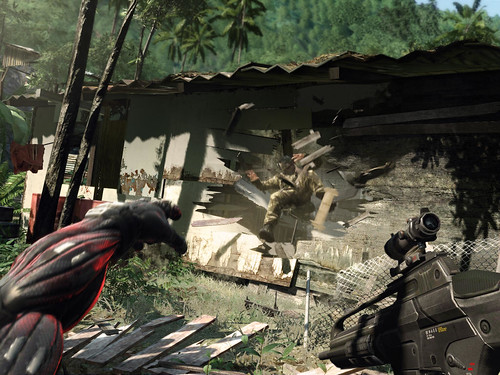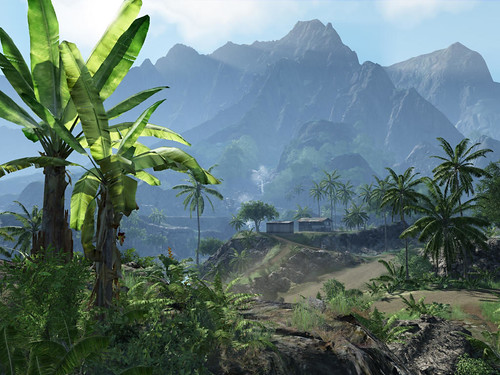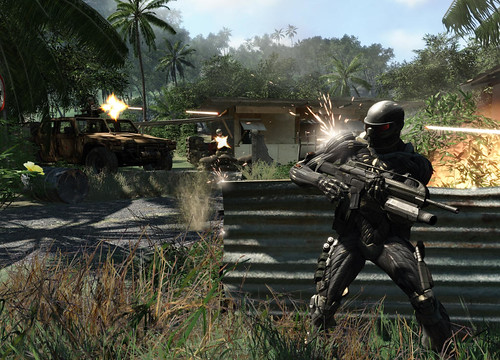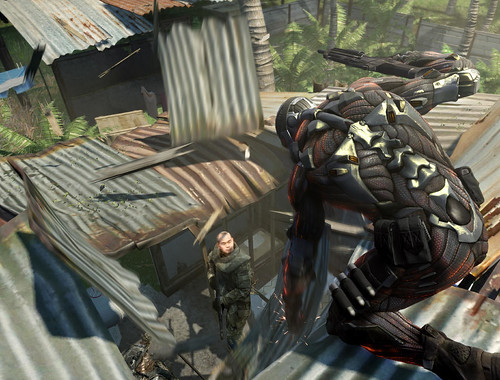GeForce 8800 GTS 320MB
It's rare for me nowadays to cover a certain product of graphics cards from any manufacturers, if it's not that compelling to me. Not that 8800 GTX\GTS or any 19xx series aren't interesting, in fact they are buttloads of reviews about them scattered around the Net. I just want to pick some of them that are much more suited to an average gamer like, especially those which have the 'price-to-performance' value.
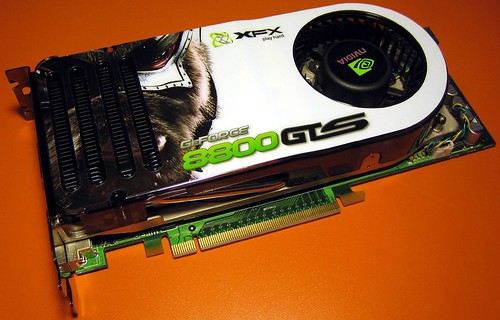
Thus I came across GeForce 8800 GTS 320MB, another installment in the 8800 series by NVIDIA. I didn't realise that there will be another flavour in 8800 series until today, although further readings indicate that rumours regarding this graphics card started about a month ago. I guess I missed it due to too much CoJ and Carbon :)
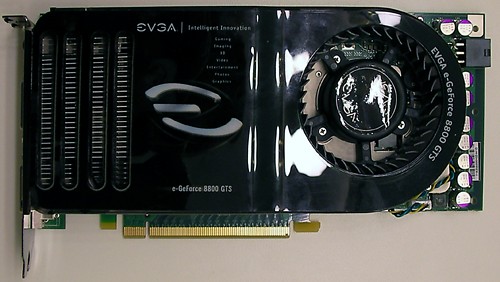
Basically, GeForce 8800 GTS 320MB is similar to GeForce 8800 GTS except that the onboard memory has been cut in half, from 640 MB in GTS to 320 MB. Everything else, including the GPU, clocks and even the power requirement are still the same. The most interesting part is, this card is supposed to be sold around $300 -$330! That's about $150 (approx) less than 8800 GTS in the market right now.
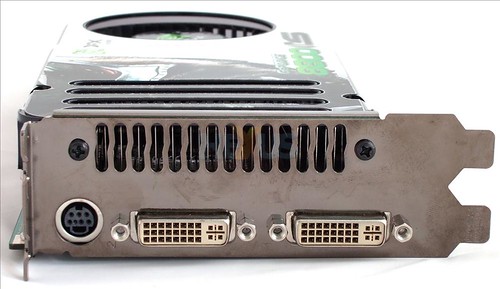
I won't do an extensive review of the card but there are numerous reviews already floating around from various hardware websites, comparing it to 8800 GTX/GTS and its ATI's counterparts:
AnandTech
Hexus 640mb vs 320mb
HardOCP
Guru3D
LegitReviews
MadShrimps
PCPerspective
From the benchmarks that I have seen, GeForce 8800 GTS 320MB is comparatively similar in performance with its 640MB counterpart, except for the games that uses memory intensively eg. Quake4, and playing at ultra high resolution (above 1600x1200). These two areas do reveal this card shortcomings especially when applying 16X AA. The shader performance is expected to be similar with 8800 GTS due to the same no. of shader processor (96 processors) and clock (1200 MHz). Let's recap 8800 GTS specs, shall we:
Stream (Shader) Processors : 96
Core Clock : 500 MHz
Memory Clock : 1600 (800) MHz
Shader Clock : 1200 MHz
Onboard memory : 640/320 MB
Memory Interface : 320-bit
Memory Bandwidth (GB/sec) : 64
Texture Fillrate (GTexel/sec) : 24
Power Requirement : Min. 400W (min 26A on 12V rail)
This card shares every trait that 8800 GTS has due to the exact architecture that it retains, which indicates that this card could possibly be a sweet spot for mainsteam/budget to hardcore gamers, a group of gamers that I'm at right now. Since I'm not even playing at 1600x1200, this card appeals to me most. Of course, Vista is relatively new, and there isn't any DX10 games around yet. So, I might wanna wait for the price to come down a little bit more or wait for something special from AMD/ATi (R600). By that time, things would definitely accelerate towards more options for gamers.
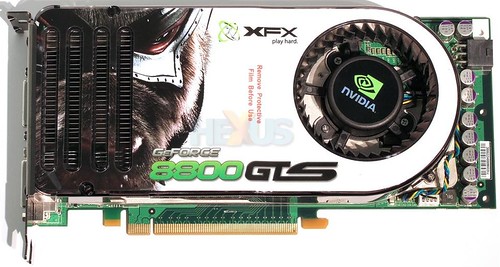
My prediction for the future: there will be at least 2 more flavours under 8800 series: one with clocked down GTS 320MB, another one with clocked down GTX without any crippling (thinking like a true NVIDIAN). Another GS and 8850 should be on their planning right now.
Most reviewers dub this card as somewhat attractive, despite its lackluster performance in hi-res gaming. Others even argue that it's worth a wait to save your bucks for better performing GTS 640MB. It all depends on what future games will emphasize on: hi-res and uncompressed textures or more shader intensive. Aside from having less memory, GeForce 8800 GTS 320MB has nothing much to be ashamed of.
